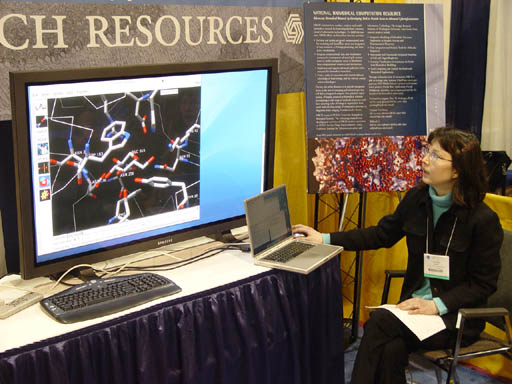
The word Nomenclature comes from Nomenclator, who is a person who calls out names. "Nomen" means names and "clator" is a person who calls out.
At graduation the person who calls out the names of those being presented with a diploma is the nomenclator.

In the movie My Fair Lady, all the distinguished guests were announced by the Nomenclator.
Another type of nomenclator is the person who accompanies a VIP and tells him or her the names of the other VIPs. That ensures that the VIP isn't embarrassed by not knowing the other VIPs names as they greet them.
So a nomenclator is a person good at the art of nomenclature (the calling out of names).

Nomenclature is about the calling out of names. All subjects have their own nomenclature. If you don't want to be embarrassed, then you learn their nomenclature or hire a nomenclator to do that for you.

Chemistry has its own nomenclature. The more nomenclature you learn the easier it is for you to communicate with others in that field.
It's just like learning a language, the more you learn, the easier it gets, plus the more you can communicate with others. Also, every little bit helps.


Inorganic compounds are often metals combined with non-metals, which is usually the way we find metals in the ground. Inorganic compounds can also be non-metals combining with other non-metals. Those are usually gases.

In CHM130 nomenclature is normally aimed at inorganic compounds. You usually study nomenclature of organic compounds when you take the organic chemistry class (that's logical).

